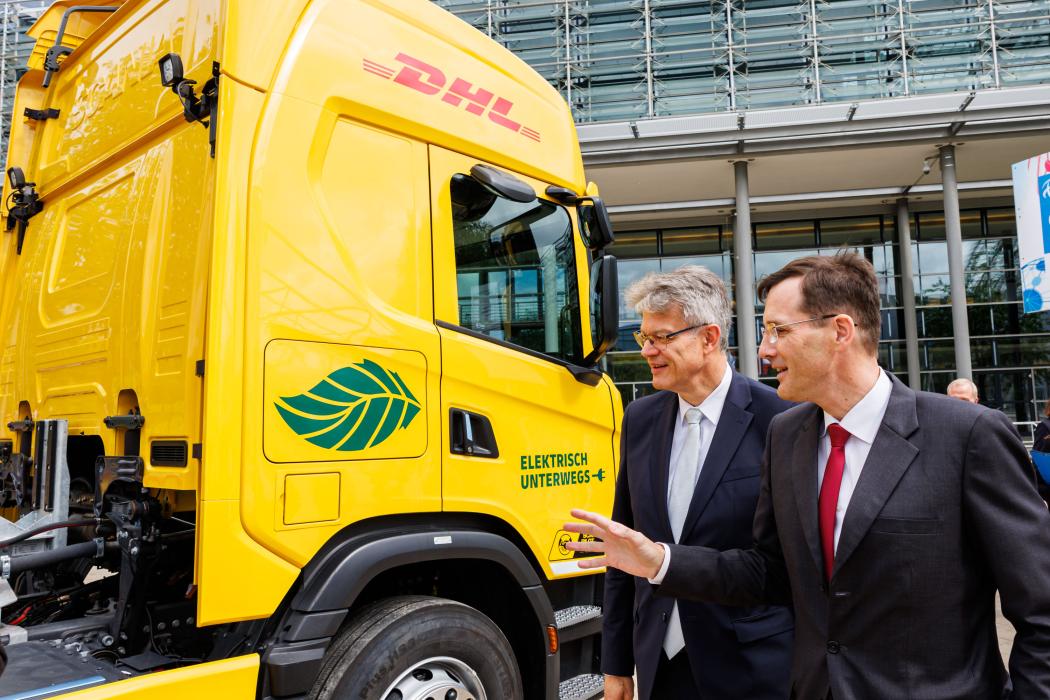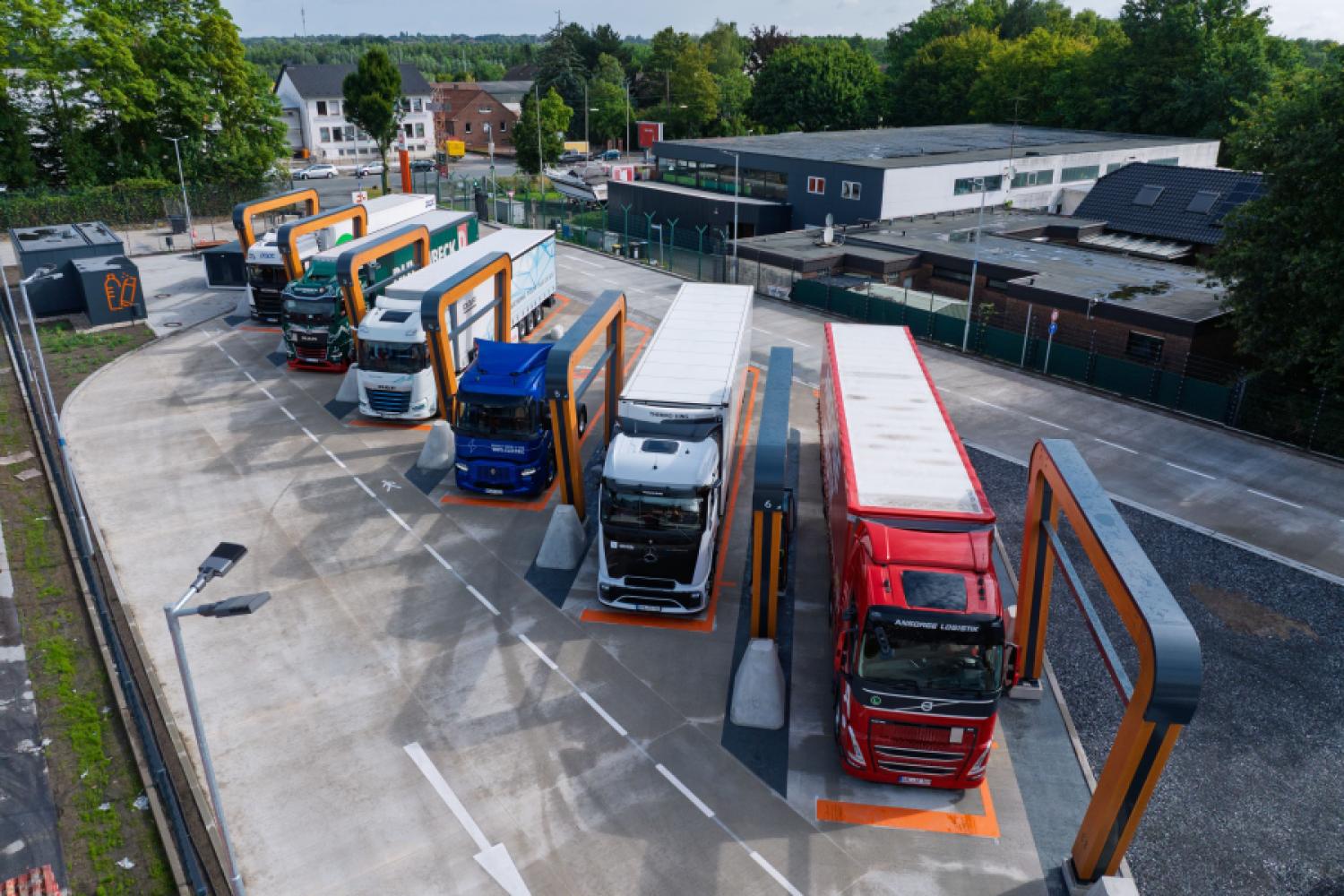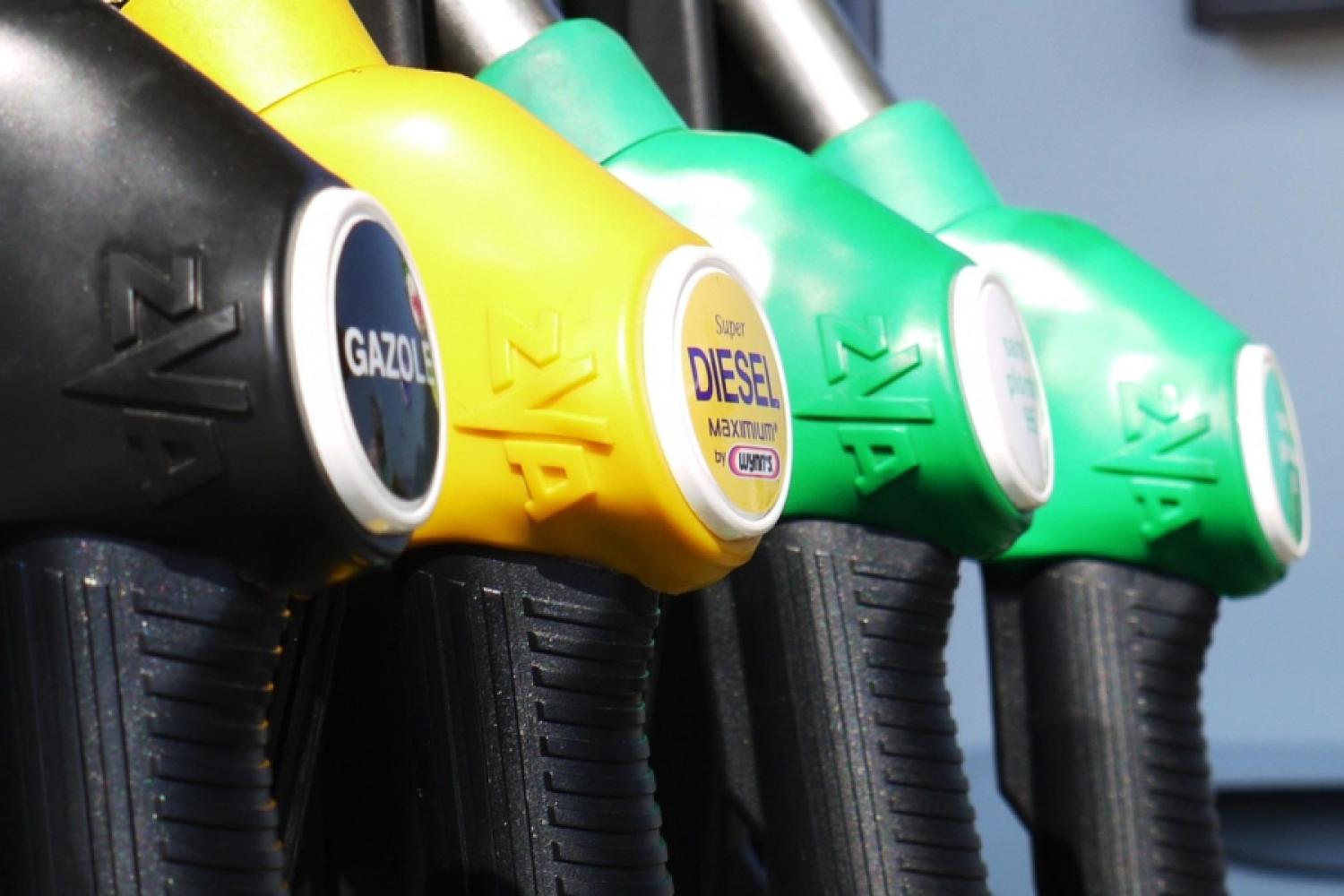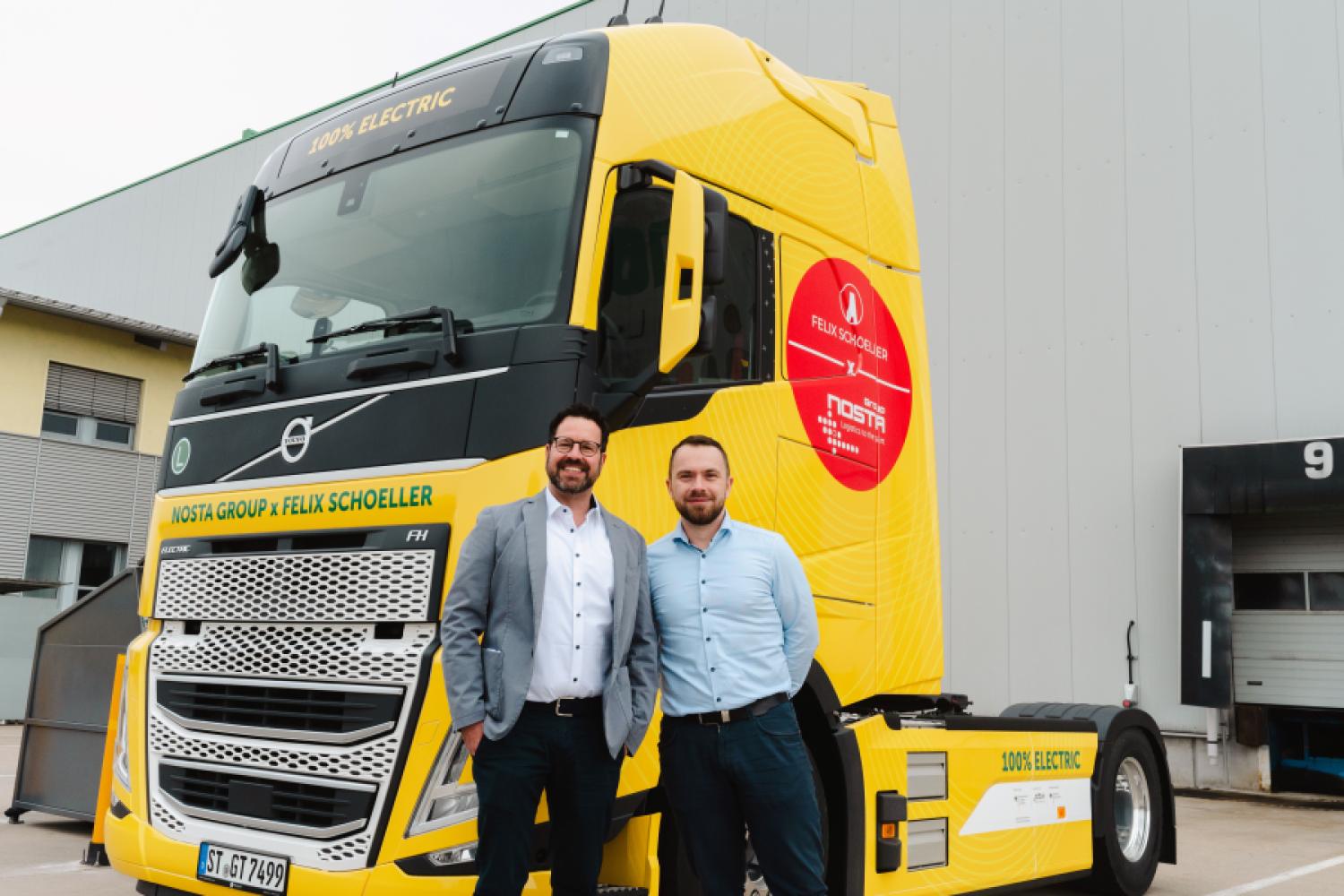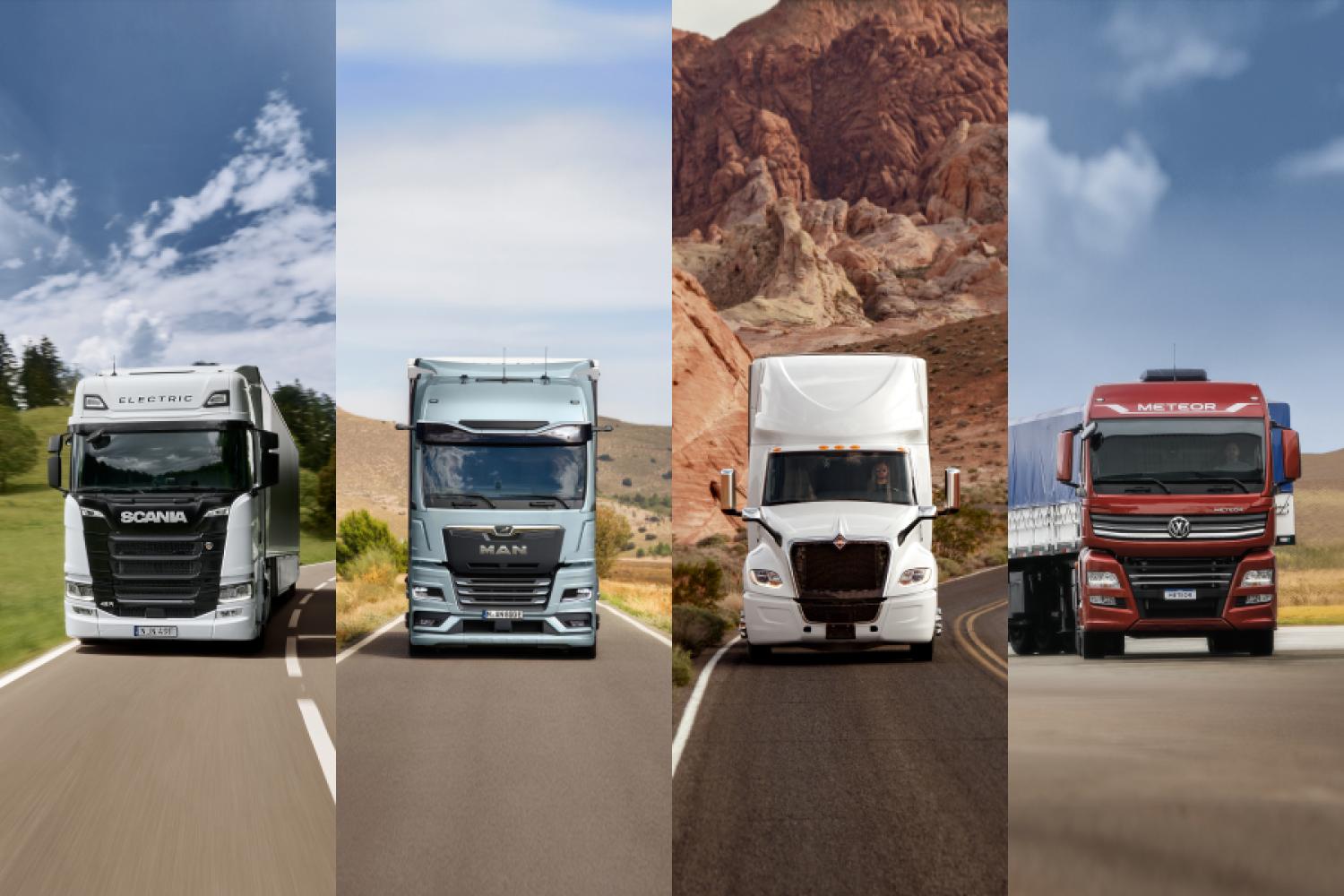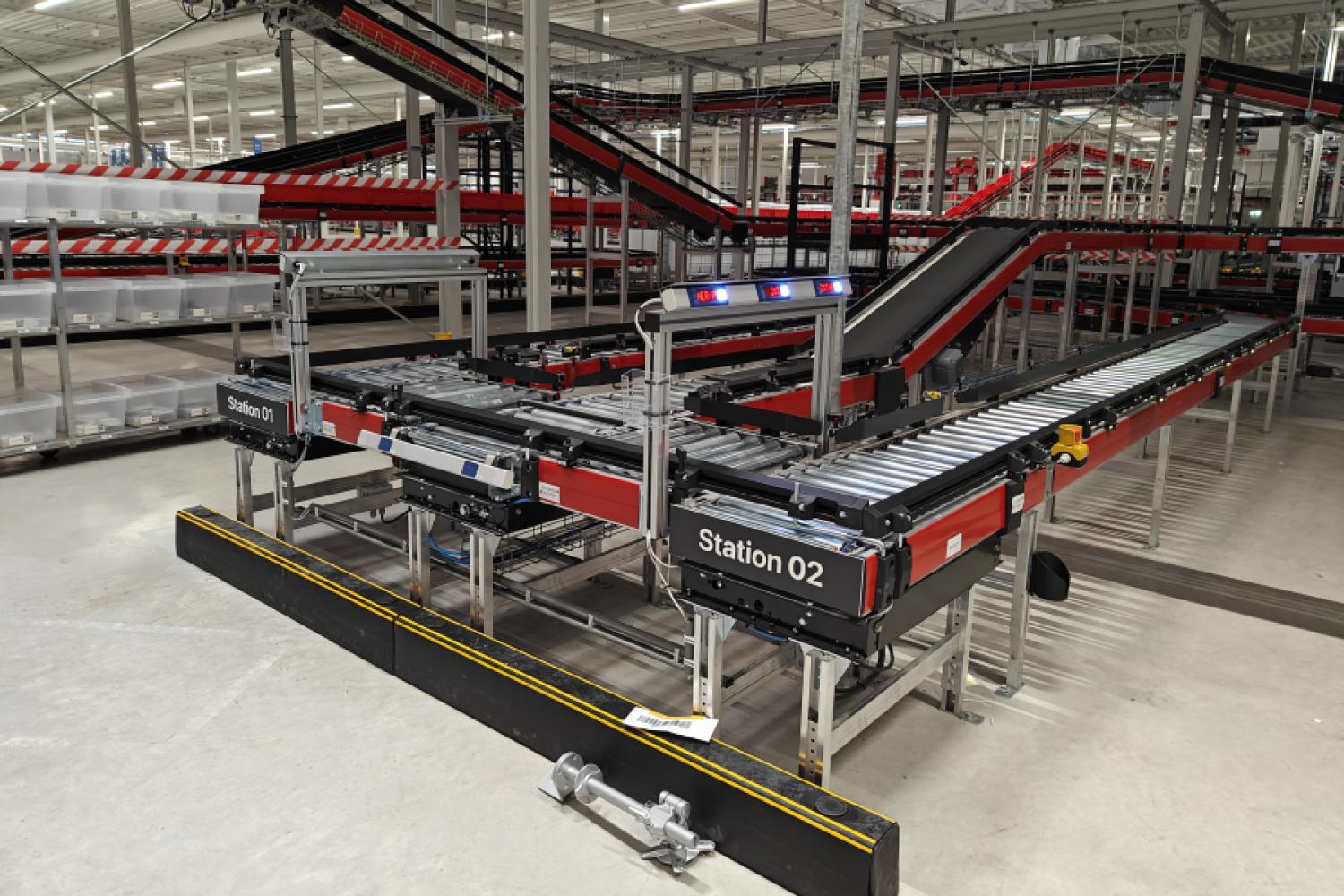The DHL Group presented a new truck concept at the OECD International Transport Forum in Leipzig, developed in collaboration with commercial vehicle manufacturer Scania. The so-called "Extended Range Electric Vehicle" (EREV) combines a battery-electric drive with a fuel-powered generator that serves exclusively as a backup for supplying power to the battery.
The EREV is a 10.5-meter-long truck (without trailer) with a permissible total weight of 40 tons, driven by a 230-kW electric motor (295 kW peak). Currently, the prototype's energy comes from a 416-kWh battery and a fuel-powered 120-kW generator. The next version is expected to receive a larger battery with 520-kWh. EREVs can be equipped with software that restricts the use of the fuel-powered generator to ensure guaranteed reductions in greenhouse gas emissions and limit them to a certain level. The truck's maximum speed is limited to 89 km/h, with a capacity of around 1,000 packages (volume of
a swap body). Additionally, the truck can tow a trailer with another swap body.
After the first 100 days in regular logistics operation, DHL takes positive interim stock: the EREV not only enables stable operations, but also reduces CO₂e emissions by more than 90 percent compared to a conventional diesel truck.
Practical test operation between Berlin and Hamburg
Since February, the EREV has been in use within the Deutsche Post & Paket Deutschland division. On the roughly 250-kilometer route between parcel centers in Ludwigsfelde near Berlin and Hamburg, the vehicle has already covered about 22,000 kilometers. The range extender was only used in exceptional cases — in cold temperatures or when charging stations were unavailable. In 91.9 percent of the time, the truck ran purely electrically. Overall, around 16 tons of CO₂e emissions were saved.
Technological concept with operational advantage
The EREV concept differs from conventional hybrid vehicles: the
generator does not drive the drive axle directly, but only feeds the battery. Thus, the vehicle remains a pure electric truck with additional energy reserve. For logistics operations, this offers crucial advantages, especially in terms of flexibility and planning reliability — factors essential for stable transport chains.
Future perspective and political framework
The next generation of the EREV is expected to be equipped with a larger battery (520 kWh instead of the current 416 kWh), according to insights. The software control of the generator should also be further developed to additionally limit emissions.
DHL sees great potential in the technology for low-emission road freight transport. However, a broader market introduction requires political and regulatory recognition. DHL calls for an adjustment of road toll legislation and the introduction of an emission-based vehicle class that considers the real CO₂ savings of EREVs. Additionally, the use of renewable fuels for the generator
could prospectively further improve the environmental balance.
"We all — businesses, politicians, and society — want fewer emissions through increased e-mobility in freight transport. At the same time, all experts know that the transition to fully electric trucks will take many years, mainly because the power grid and charging infrastructure are inadequate. But we should not be forced to wait. We need pragmatic solutions like the EREV and swift political decisions to enable such bridging technologies. We want to decarbonize the transport sector now. Regulation should support us in this, not hinder," said Tobias Meyer, CEO of the DHL Group.
Technology is ready for deployment — now political initiatives are needed
The results of the 100-day test show that EREVs represent a practical bridging technology on the way to full electrification of heavy-duty transport. DHL emphasizes that they are ready to deploy more vehicles — provided the legal framework
